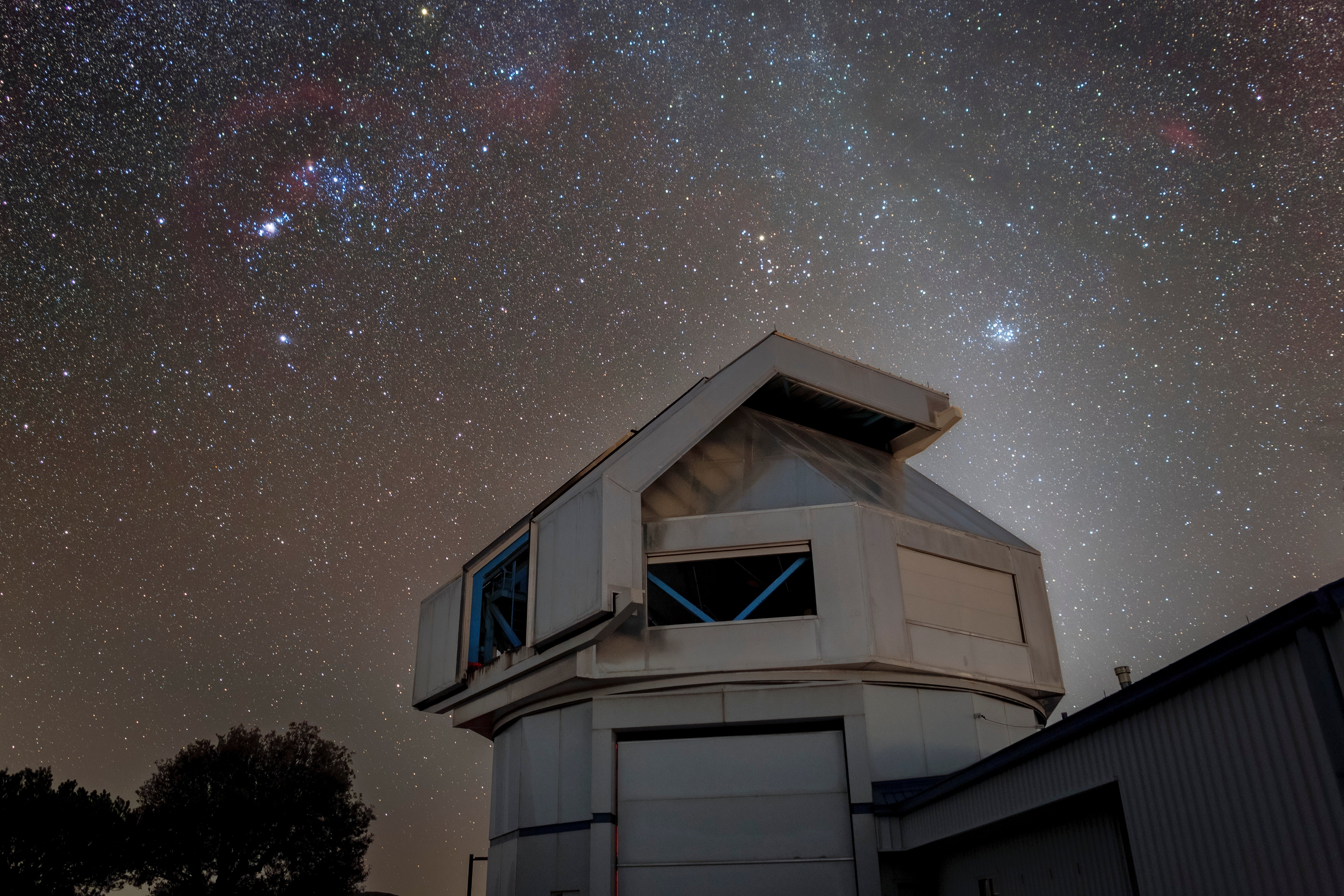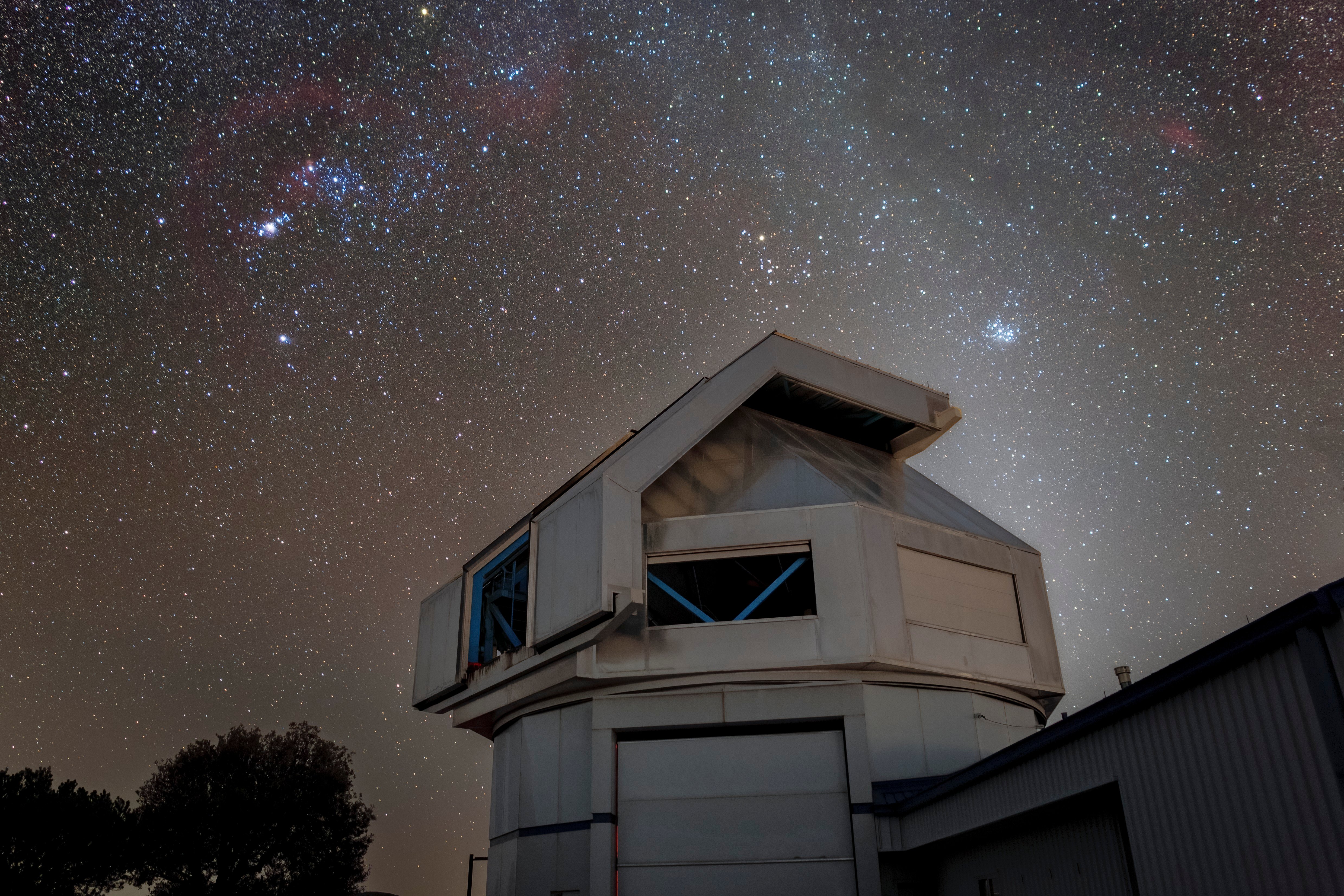“UVB light excites viruses, causing them to produce a reactive molecule called singlet oxygen, which helps deactivate them,” said Jiahao Chen, research assistant at The George Washington University. “In the past, scientists primarily believed that UVB light killed viruses through direct damage alone, instead of involving singlet oxygen. This study expands our understanding of how viruses are disinfected, revealing an additional mechanism that had been largely overlooked.”
Please see the full paper summary below:
Human norovirus, a major global cause of gastroenteritis, forms vesicle-cloaked virus clusters (known as viral vesicles), showing increased infectivity and persistence in aquatic environments. We investigated UVB disinfection, a key mechanism of solar disinfection commonly employed in developing countries, targeting murine norovirus vesicles and free murine noroviruses as surrogates for human noroviruses. At low viral concentrations of 109 gene copies per liter, viral infectivity loss as quantified by the integrated cell culture-reverse transcription-quantitative polymerase chain reaction (ICC-RT-qPCR) indicated that vesicles were 1.51 to 1.73 times more resistant to disinfection compared to free viruses. Virus inactivation was primarily due to protein damage as quantified by bicinchoninic acid and Western blot assays, and the damage of virus binding to host cells as quantified by RT-qPCR. Molecular simulations predicted that the oxidation of a tyrosine residue in the viral protein 1 prohibited binding. UVB irradiation of viral/vesicle proteins resulted in 1O2formation as quantified by time-resolved phosphorescence, and for the first time, endogenous 1O2 was confirmed to contribute to virus inactivation by UVB. Our study recognizes the limitation of UVB disinfection of viral vesicles particularly in solar wastewater treatment and advocates for enhanced disinfection strategies to protect public health.



